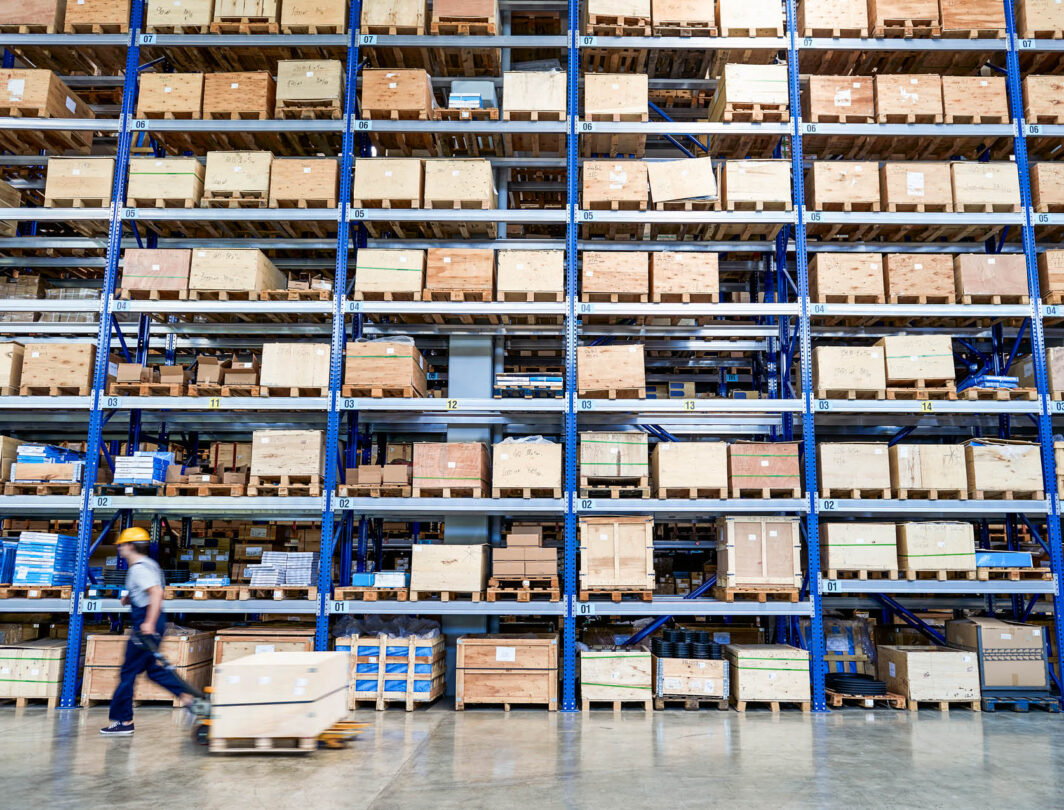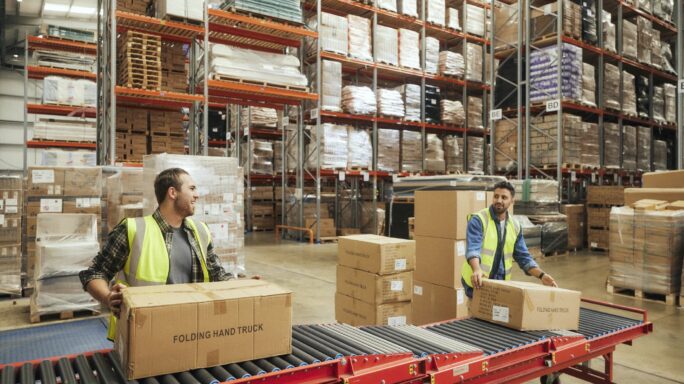How to take advantage of Duty Drawback in Canada
What is duty drawback in Canada? What goods qualify, which are exempt and how can companies take advantage of this program?

In February 2021 Canadian companies imported $48.8 billion worth of materials, parts and products from around the world. While this is a slight decrease from January’s $50 billion, it’s a significant uptick compared to last year and suggests that despite a sluggish start, markets are beginning to rebound.
The downside to this increased import initiative? Duty. For every item brought into Canada, companies must may taxes in the form of duties — and these costs can quickly add up over time. The duty drawback program offers a way to recoup these costs under certain conditions to help reduce total spending and boost ROI. Here’s everything you need to know about duty drawback in Canada and how your company can take advantange of this option.
What is duty drawback?
According to the Canada Border Services Agency (CBSA), the drawback program “is a refund of customs duties paid for imported goods.” The program is designed to help offset the cost of importing goods that are later exported to another country — businesses can apply for drawback on the duty paid to import goods and have some or all of this duty refunded by the CBSA.
Consider the example of a business that imports ceramic coffee mugs that are then sold and exported to American retailers. The drawback program allows this business to apply for a refund of the duty paid for importing since the goods were not for sale or use within Canada.
Which businesses qualify?
Qualifying for the duty drawback program doesn’t require your business operate within a specific industry or market niche. Instead, successful application depends on companies meeting one of three conditions:
- Goods that are imported are later exported as-is.
- Imported goods are used to produce other goods for export, such as in the case of parts used to manufacture a product.
- Obsolete or surplus goods that are imported are subsequently destroyed rather than being sold in Canada or exported.
According to the Goods Imported and Exported Refund and Drawback Regulations, so long as one of these three conditions are met, “a drawback may be claimed by any person who is the importer or exporter of the imported or exported goods, or is the processor, owner or producer of those goods between the time of their direct shipment to Canada and their export or deemed export.”
Where can I find the duty drawback application form?
One of the most important documents for claiming duty drawback is the application form. You can download the K32 duty drawback form by visiting https://www.cbsa-asfc.gc.ca/publications/forms-formulaires/k32-eng.html.
What goods qualify?
Designed as a catch-all way to limit the burden of import duties for Canadian companies, there are very few limits on what goods qualify under the duty drawback process. From textiles to glass to vehicles such as aircraft and automobiles, almost all goods categories are eligible for some degree of drawback. In the case of a motor vehicle, for example, CBSA notes that it’s possible to temporarily use the vehicle within Canada before exporting it and still claim drawback, so long as the vehicle isn’t sold within Canada before the export occurs.
What goods do not qualify?
Under duty drawback rules, drawback may not be claimed on spirits, wine or beer. In addition, Schedule III of the Goods Imported and Exported Refund and Drawback Regulations stipulates two specific categories of goods that are not subject to drawback:
- Fuel
- Plant equipment
It’s also worth noting that no refund of duty will be granted if duties have previously been refunded under any other Act of Parliament, or if the goods were damaged before being exported.
How do I start the refund?
To start the drawback process, you must complete and submit form K32 – Drawback Claim. This form requires to provide proof of export for duty drawback, including:
- A description of the imported goods that are subject to drawback.
- The three-digit customs office transaction number found on entry Form B3, along with the 14-digit transaction number.
- The date of customs release.
- Total quantity of goods claimed for drawback.
- The unit price of imported goods.
- The rate of exchange, value for duty and rate of duty for all applicable goods.
In the case of goods or products that are destroyed because they are surplus or obsolete, you’ll need to complete Form E15 – Certificate of Destruction/Exportation. In addition, the form and the goods must be presented to the CBSA before they’re destroyed for verification. Using Form E15, it is possible to avoid the exception on damaged goods and claim drawback — so long as the goods are subsequently destroyed rather than being exported. Other valid reasons for destruction under E15 include defective or inferior goods, those under the duty deferral program or prohibited goods where permitted in accordance with section 102(1) of the Customs Act.
When will I get the duty refunded?
To apply for drawback, claims must be submitted within four years after the goods arrive in Canada expect in the case of destroyed goods, which may be claimed up to five years after arrival. As noted by the CBSA, this duty drawback time limit isn’t set in stone — while “in most cases” applications must be made within four years, the agency will consider extensions on a per-application basis.
There is also no guarantee that duty will be refunded in full. In the case of a partial refund, the CBSA will pay any agreed-upon balance owing after claims are verified, while in the case of approved full refunds payment should occur within 90 days. If the 90-day time limit is exceeded, the CBSA will pay interest on any outstanding balance owed.
How can technology help prove eligibility?
While there is no requirement for electronic submission of drawback forms or to assist in claims data capture, cloud-based software solutions such Sage X3 can help streamline the process of obtaining proof of export for duty drawback, and ensuring that all data submitted to the CBSA is accurate, timely and complete.
Businesses can track import activity, and provide an accurate view of material availability with Sage X3 container tracking and import tracking functionality. Unpredictable circumstances that can occur when moving large containers by land and sea are easily managed, and shipment information can be easily updated with this quick and powerful solution.
By leveraging end-to-end ERP solutions designed to integrate with existing processes and empower on-demand data capture, companies can reduce the risk of E15 errors or omissions which could lead to delays in drawback claims or their outright rejection. In addition, the shift to intuitive digital frameworks can help reduce the amount of manual data entry and reporting required by staff, making it easier to apply for drawback on imported goods destined for export and ensure as much duty as possible is refunded.
Put simply? Best-of-breed technology solutions can help prove eligibility for drawback without increasing overall complexity, making it easier for your company to claim drawback on any imported goods.






Ask the author a question or share your advice